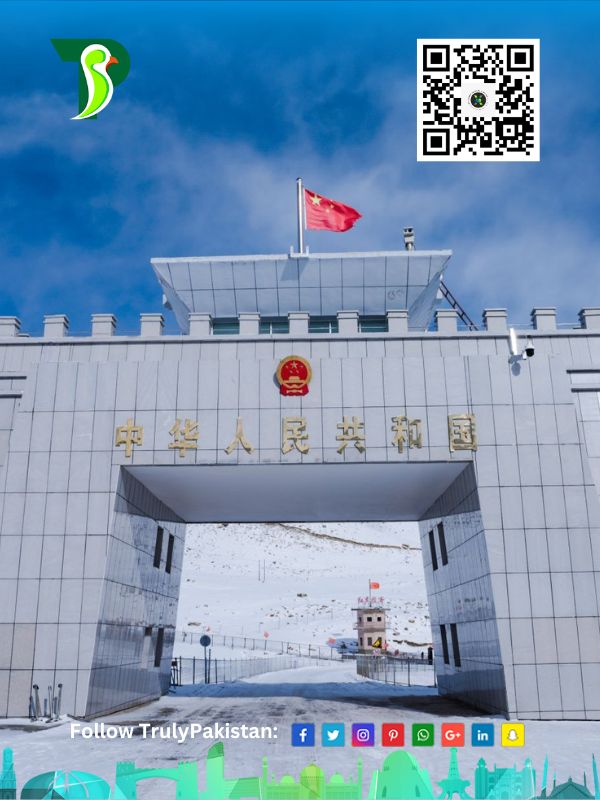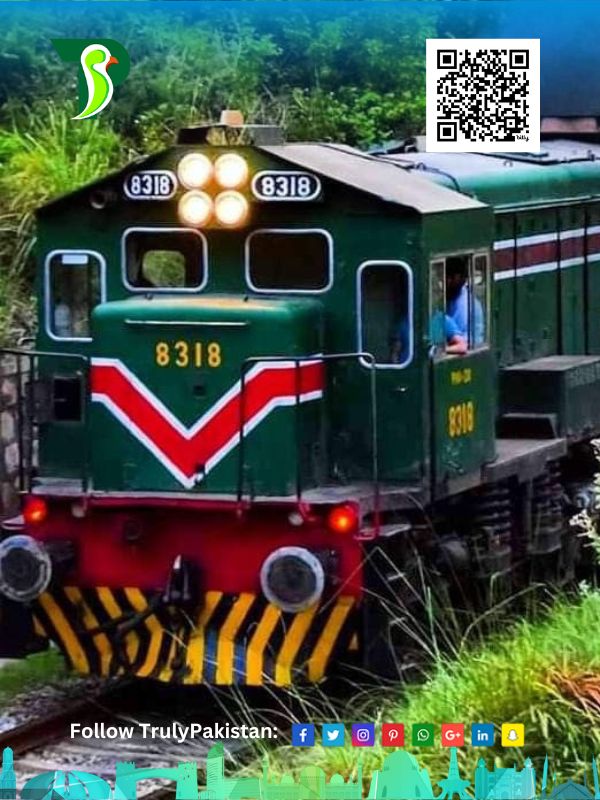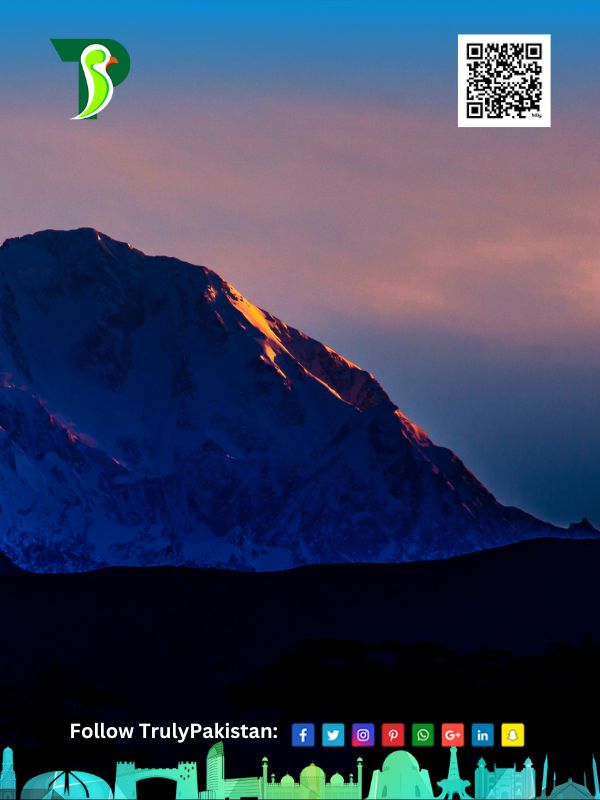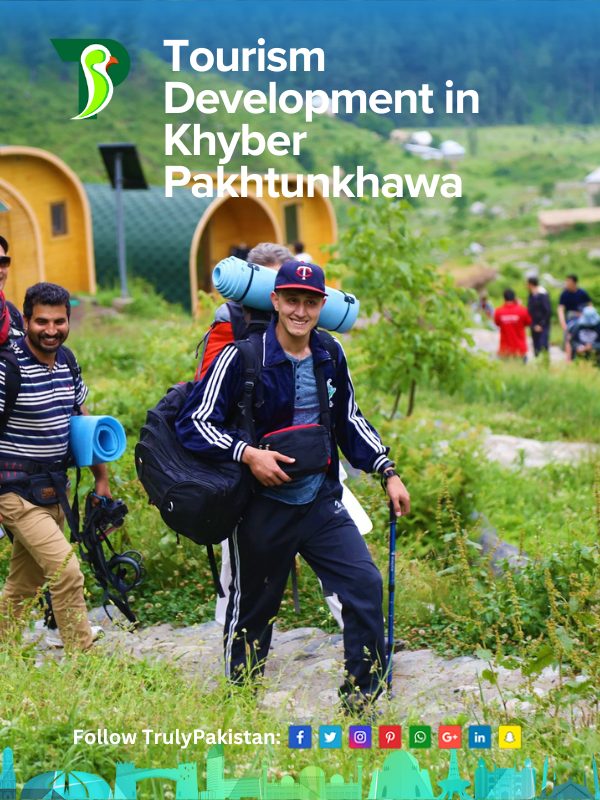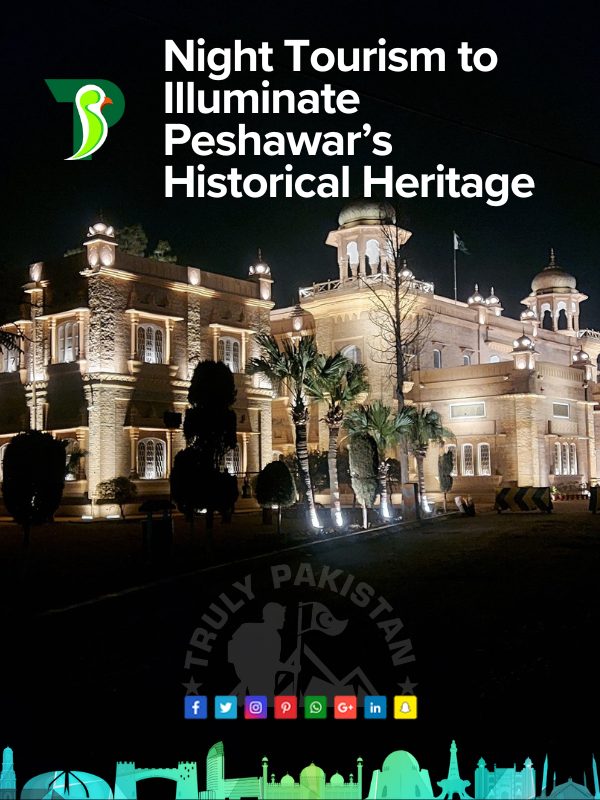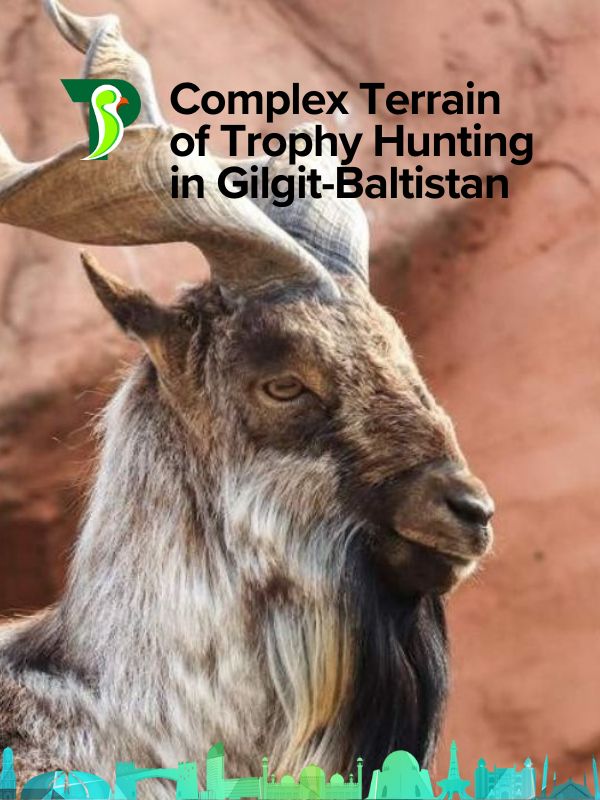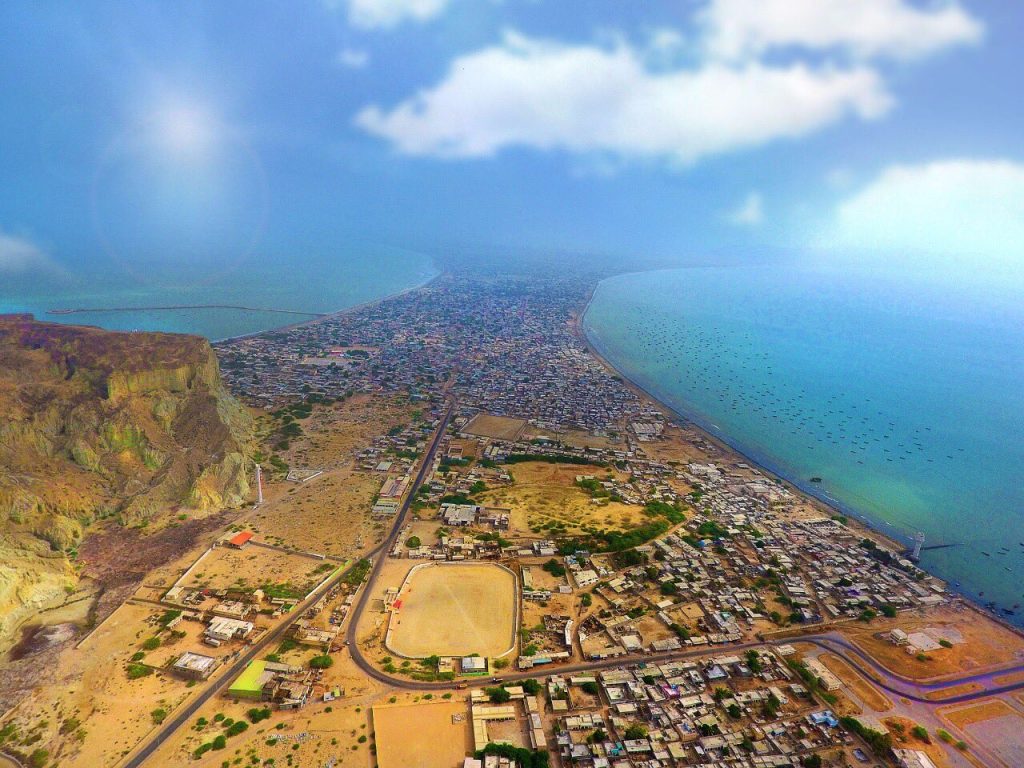
Balochistan is the largest of the four provinces of Pakistan and possesses a rich variety of languages, resources, civilization, and culture. The province is located at the geographical intersection and cultural crossroads of South Asia, Central Asia, and the Middle East. As a result, it is one of the richest areas in the country in terms of antiquities, archaeological sites, and historical archives.
Culture
The cultural values which are the pillars of the Baloch individual and national identity were firmly established during the twelfth and sixteenth centuries, a period which not only brought suffering for the Baloch and forced them into en masse migrations but also brought the fundamental sociocultural transformation of the Baloch society. An overlapping of pastoral ecology and tribal structure had shaped contemporary Baloch social values. The pastoralist nomadic way of life and the inclination to resist the assimilation attempts of various powerful ethnic identities shaped the peculiar Baloch ethnic identity. It was the persecution by strong and organized religions over the last two thousand years that have shaped their secular attitude about religion in social or community affairs. Their independent and stubborn behavior as the distinctive feature of the Baloch identity is consistent with their nomadic or agro-pastoral past.
Med o Maraka, for the resolution of disputes among the Baloch, is a much-honored tradition. In a broader context, it is, in a way, accepting the guilt of the accused or offender and asking for forgiveness from the affected party. Usually, the offender himself does this by going to the home of the affected person and asking for forgiveness.
Dress
Dress code and personal upkeeping are among the cultural values, which distinguish a Baloch from others. The Baloch dress and personal upkeeping very much resemble the Median and Parthian ways. Surprisingly, no significant changes can be observed in the Balochi dress since ancient times. A typical Balochi outfit consisted of loose-fitting and many-folded trousers held by garters, bobbed hair, a shirt (qamis), and a head turban. Generally, both hair and beard were carefully curled, but, sometimes, they depended on long straight locks. A typical dress of a Baloch woman consists of a long frock and trouser (Shalwaar) with a headscarf.
Religion
Historically, there is no documented evidence of religious practices of the Baloch in ancient times. Many among the Baloch writers observed that the persecutions of the Baloch by Sassanid Emperor Shahpur and Khusrow had a strong religious or sectarian element. They believed that there are strong indications that the Baloch were the followers of Mazdakian and Manichean sects of Zoroastrian religion at the time of their fatal encounters with Sassanid forces. No elaborate structure of religious institutions has been visible in the Baloch society during the Middle Ages. Originally, the Baloch were the followers of the Zoroastrian religion and its various sects, converted to Islam (nearly all Baloch belong to the Sunni sect of Islam) after the Arab conquest of Balochistan during the seventh century.
Climate
The climate of the upper highlands is characterized by very cold winters and warm summers. Winters of the lower highlands vary from extremely cold in the northern districts to mild conditions closer to the Makran coast. Summers are hot and dry. The arid zones of the Chaghi and Kharan districts are extremely hot in summer. The plain areas are also very hot in summer with temperatures rising as high as 120 degrees F (50 degrees C). Winters are mild on the plains with the temperature, never falling below the freezing point. The desert climate is characterized by hot and very arid conditions. Occasionally strong windstorms make these areas very inhospitable.
Economy
The economy of the province is largely based upon the production of natural gas, coal, and minerals. The province’s natural resources significantly help to meet the energy needs of Pakistan as a whole. Infrastructure outside of Quetta is still in development as is the province as a whole. Limited farming in the east as well as fishing along the Arabian Sea coastline are other forms of income and sustenance for the local populations.
Due to the tribal lifestyle of many Baluch and Brahui, animal husbandry is important as are trading bazaars found throughout the province.
Education
There are five main public universities in Balochistan, but there are many private ones also in setting up to deliver to the increasing demands of the province.
- Balochistan University of Engineering and Technology
- The Balochistan University of Information Technology and Management Sciences
- Command and Staff College Quetta
- Sardar Bahadur Khan Women’s University
- University of Balochistan

